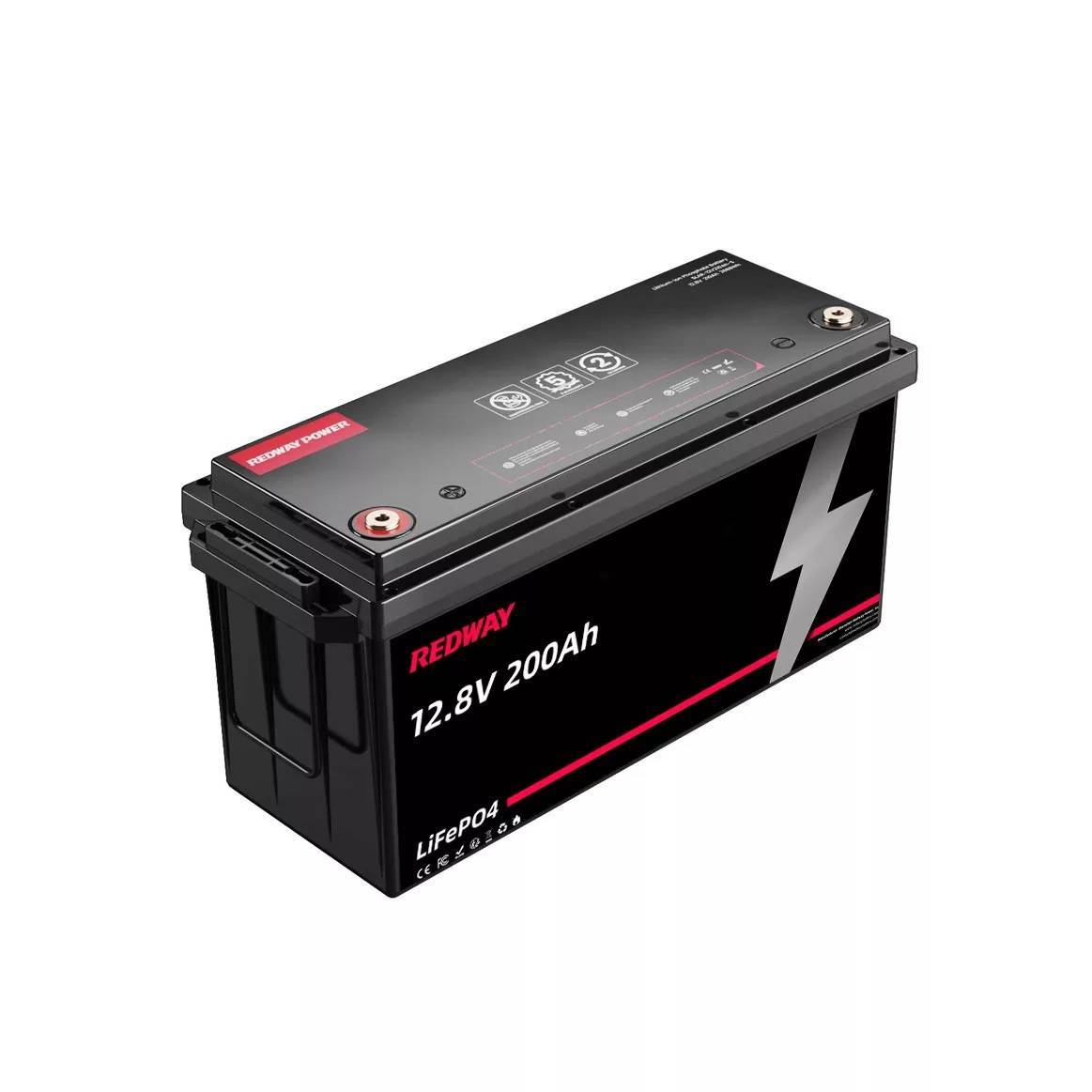In the realm of power systems, the compatibility between an inverter and a battery is crucial for ensuring optimal performance and safety. One pressing question often arises: Can a 3000W inverter be run on a single battery? The answer is not straightforward, and several key factors must be considered to ensure the system functions efficiently and reliably. This detailed analysis will guide you through the essential considerations for running a 3000W inverter on a single battery.
1. Evaluate Battery Specifications
The starting point in assessing whether a single battery can support a 3000W inverter is to thoroughly evaluate the battery’s specifications. Key specifications to consider include:
- Voltage: This is the electrical potential difference, commonly measured in volts (V). For instance, many systems use 12V batteries, but other configurations such as 24V or 48V are also available.
- Capacity: Measured in ampere-hours (Ah), this indicates how much charge the battery can store. For example, a battery rated at 200Ah can theoretically provide 200 amps of current for one hour.
For a 12V battery with a 200Ah capacity, the power capacity can be calculated using the formula:
Power Capacity=Voltage×Capacity\text{Power Capacity} = \text{Voltage} \times \text{Capacity}Power Capacity=Voltage×Capacity
In this case, the calculation would be:
Power Capacity=12V×200Ah=2400W\text{Power Capacity} = 12V \times 200Ah = 2400WPower Capacity=12V×200Ah=2400W
Thus, a 12V 200Ah battery has a power capacity of 2400W, which is less than the 3000W required by the inverter.
2. Calculate Power Capacity
To determine if a battery can handle the demands of a 3000W inverter, it is essential to calculate its power capacity accurately. This involves understanding how long the battery can sustain the power output without excessive strain or depletion.
- Formula for Power Calculation:
Power(P)=Voltage(V)×Current(I)\text{Power} (P) = \text{Voltage} (V) \times \text{Current} (I)Power(P)=Voltage(V)×Current(I)
In our example, with a 12V 200Ah battery, the power capacity is 2400W. This indicates that running a 3000W inverter would exceed the battery’s capacity, leading to potential issues.
3. Compare Battery Power Capacity with Inverter Demand
When operating a 3000W inverter, the power demand exceeds the capacity of the battery in our example. Here’s why this is problematic:
- Excess Demand: A battery with a power capacity of 2400W cannot efficiently handle a continuous load of 3000W. This mismatch can cause the battery to overheat, reduce its lifespan, and result in inefficient performance.
- Voltage Drops: Running a battery beyond its capacity may lead to significant voltage drops, affecting the stability of the power supply and potentially damaging sensitive electronic equipment connected to the inverter.
4. Consider Higher-Capacity Batteries
To ensure optimal performance and avoid the issues associated with overloading, it is advisable to use higher-capacity batteries. Here are some considerations for selecting the right battery:
- Increased Voltage or Capacity: Opting for a battery with a higher voltage rating or greater ampere-hour capacity can help accommodate the power demands of a 3000W inverter.
- Battery Banks: In some cases, using multiple batteries in series or parallel configurations can effectively increase the total capacity and meet the power requirements.
5. Importance of Capacity Matching
Capacity matching between the battery and the inverter is crucial for the following reasons:
- Reliable Operation: A properly matched system ensures reliable operation and avoids overloading the battery. This helps maintain the efficiency of the power system and prolongs the lifespan of the battery.
- Safety: Matching capacity helps prevent safety hazards such as overheating, potential battery damage, and voltage fluctuations.
6. Safety Considerations
Safety is paramount when dealing with power systems. Operating an inverter beyond the capacity of the connected battery can have several adverse effects:
- Voltage Drops: Excessive load can cause voltage drops, leading to unstable power supply and potential damage to connected devices.
- Reduced Efficiency: A battery operating beyond its capacity may exhibit reduced efficiency, impacting the overall performance of the inverter.
- Battery Damage: Overloading can result in permanent damage to the battery, reducing its ability to hold charge and leading to premature failure.
To avoid these issues, always adhere to the specifications provided by the inverter manufacturer and ensure that the battery is within its safe operating limits.
Conclusion
While it is technically possible to run a 3000W inverter on a single battery, careful consideration of the battery’s specifications and capacity is essential. By calculating the power capacity, comparing it with the inverter’s demand, and opting for higher-capacity batteries if necessary, you can achieve a more reliable and efficient power system. Prioritizing safety and ensuring proper capacity matching will help maintain the performance and longevity of your power setup.
In summary, to ensure a smooth and safe power supply, it is crucial to ensure that your battery meets or exceeds the power requirements of your inverter. By following these guidelines, you can optimize the performance of your power system and avoid potential issues.




